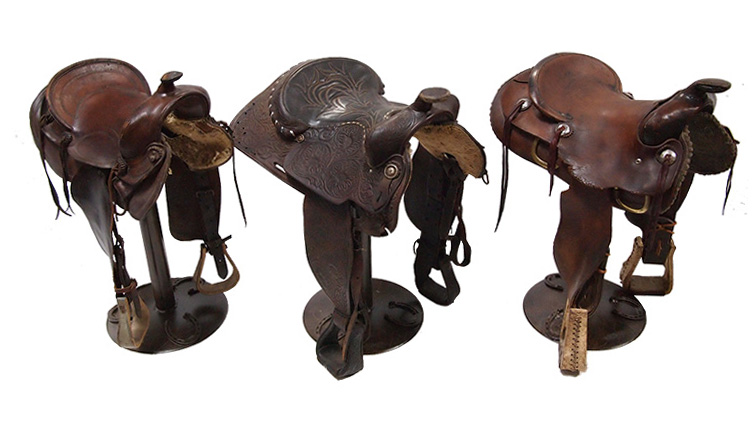Introduction:
Horseback riding is not just a sport; it’s a harmonious interaction between horse and rider. Ensuring the comfort and well-being of the horse is paramount in this relationship. One crucial element in achieving this is the saddle pad, a seemingly simple accessory that plays a significant role in safeguarding the horse’s back health and optimizing performance. In this comprehensive guide, we delve deep into the world of horse saddle pad exploring their types, functions, materials, and how they contribute to the overall riding experience.
Understanding the Importance of Saddle Pads:
At the heart of every rider’s concern is the comfort and welfare of their equine partner. The saddle pad serves as a protective layer between the horse’s back and the saddle, distributing pressure, absorbing impact, and preventing friction. Without a suitable pad, the saddle can cause discomfort, pain, and even injury to the horse’s sensitive spine and muscles. Moreover, an ill-fitting saddle pad can lead to performance issues, affecting the horse’s movement and responsiveness.
Types of Saddle Pads:
Saddle pads come in various shapes, sizes, and designs, each serving specific purposes depending on the riding discipline, horse anatomy, and rider preferences. From traditional square pads to contoured and therapeutic pads, the options are abundant. English saddle pads, with their sleek and minimalist design, cater to disciplines like dressage, show jumping, and eventing. Western saddle pads, on the other hand, are bulkier and often feature intricate patterns, suited for activities such as barrel racing, roping, and trail riding. Specialty pads like gel pads, sheepskin pads, and corrective pads address specific issues such as shock absorption, moisture-wicking, and spinal alignment.
Materials and Construction:
The materials used in saddle pads play a crucial role in their functionality and durability. Common materials include cotton, wool, fleece, neoprene, and various synthetic blends. Each material offers unique properties such as breathability, moisture management, and antimicrobial features. The construction of the pad, including stitching, quilting, and padding thickness, determines its ability to maintain shape, provide cushioning, and withstand repeated use. Understanding these materials and construction techniques empowers riders to make informed decisions when selecting the most suitable saddle pad for their horse.
Fitting and Maintenance:
Proper fitting of the saddle pad is essential for ensuring optimal comfort and performance. A pad that is too small can cause pressure points, while an oversized pad may lead to bunching and slipping. Riders should carefully measure their horse’s back and saddle to determine the appropriate pad size and shape. Additionally, regular maintenance, including cleaning, airing out, and inspecting for signs of wear and tear, prolongs the pad’s lifespan and preserves its effectiveness. Neglecting maintenance not only compromises the pad’s performance but also poses risks to the horse’s well-being.
Choosing the Right Saddle Pad for Your Horse:
Selecting the right saddle pad involves considering various factors such as riding discipline, horse conformation, rider preferences, and budget. For riders engaged in high-intensity activities or those with horses prone to back issues, investing in specialized pads with advanced features like shock-absorbing inserts or therapeutic materials may be beneficial. Riders seeking versatility and affordability may opt for multipurpose pads that offer basic protection and comfort across different disciplines. Ultimately, the key is to prioritize the horse’s comfort and welfare while aligning with the rider’s needs and preferences.
Conclusion:
In the intricate dance between horse and rider, every element, no matter how seemingly insignificant, plays a vital role. The saddle pad, often overlooked yet undeniably essential, serves as a linchpin in ensuring the horse’s comfort, health, and performance. By understanding the types, materials, fitting, and maintenance of saddle pads, riders can make informed choices that enhance the riding experience for both horse and rider. As stewards of equine welfare, let us never underestimate the impact of a well-chosen saddle pad in fostering a harmonious partnership built on trust, comfort, and mutual respect.



